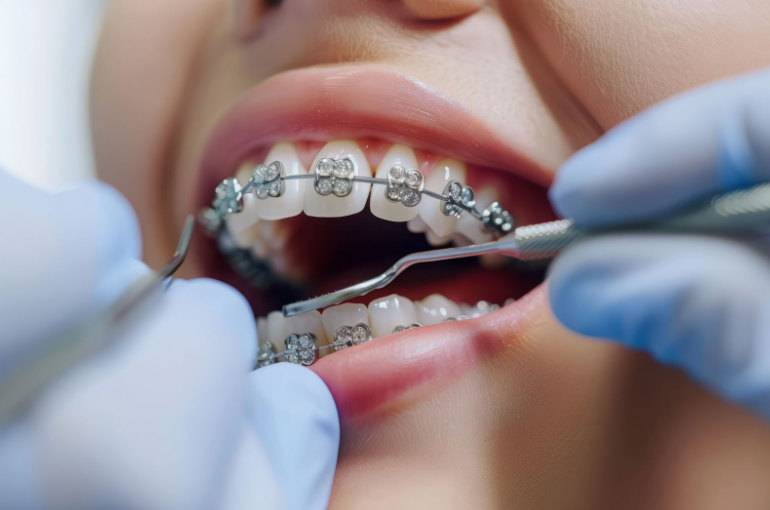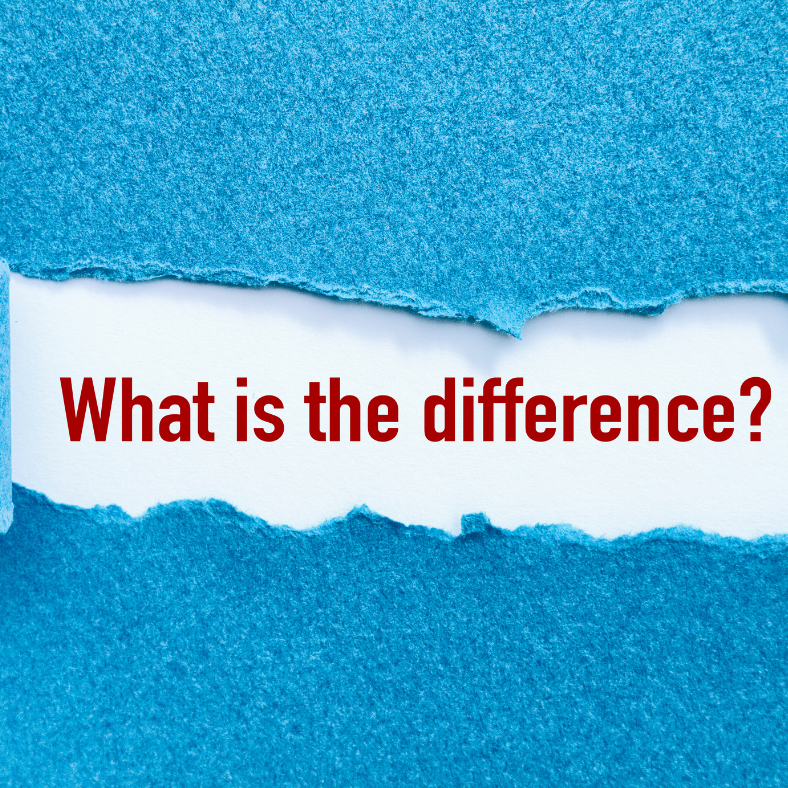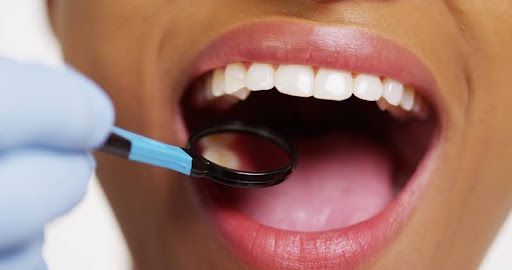Differences Between an Orthodontist and Dentist
Many people think that dentists and orthodontists are essentially the same, but in fact, these two dental professionals have very different roles. To help you better understand the difference between a dentist and an orthodontist, let’s discuss each of these professions and how they differ.
What is a Dentist?
A general dentist is responsible for providing basic oral healthcare such as cleaning teeth, filling cavities, performing root canals, and extracting teeth if necessary. A dentist also monitors oral health for signs of disease or other issues. They may provide preventive care such as fluoride treatments or sealants to help protect against cavities or gum disease.
What is an Orthodontist?
An orthodontist is a dental specialist who focuses on correcting misalignment of the teeth, jaw, and bite. An orthodontist will work with patients to develop plans for wearing braces or other corrective devices to improve their smile. Orthodontic treatment often requires multiple visits over several months or years depending on the type of correction needed. In addition to braces, an orthodontist may use retainers, headgear, or other devices to help realign the jaw and teeth.
Similarities and Differences
Both dentists and orthodontists are licensed by state government agencies to practice in their respective fields after completing specialized training beyond dental school. While they share some similarities in terms of treating patients’ oral health needs, there are several key differences between dentists and orthodontists. For example, dentists typically focus on providing preventative care such as cleanings and fillings while orthodontists specialize in correcting misalignment issues with braces or other corrective devices. Additionally, dentists tend to provide more basic services such as tooth extractions while orthodontists provide more complex procedures such as straightening crooked teeth or fixing overbites with braces or headgear. Lastly, it is important to note that not all dentists are qualified to perform orthodontic treatments—only those who have completed additional education beyond dental school can call themselves an orthodontist.
When it comes down to it, several distinct differences between a dentist and an orthodontist should be considered when selecting someone to treat your oral health needs. While both professions are dedicated to helping patients maintain good oral hygiene habits and treat existing issues with their mouths/teeth/jaws/etc., only an orthodontist has been specifically trained in corrective procedures for misaligned teeth/jaws/etc., making them the superior choice when needing this type of service.
Looking for a great Orthodontist in Omaha? See what everyone has to say about McAllister Orthodontics!







Schedule a FREE consultation with Dr. McAllister today!
Learn about the treatment options for you or your child. We offer many benefits, including:
Free Observation Program Starting at Age 7
This allows Dr. McAllister to monitor your child's growth and development to get them started in treatment at the appropriate time to avoid unnecessary treatment later in life.
Individualized Treatment Plans
Dr. McAllister will complete a comprehensive exam and go over an individualized treatment plan during your initial consultation.
Interest Free Payment Plans
Provide your dental insurance information and we'll contact your provider to see what kind of orthodontic coverage your plan offers. We also offer interest free payment plans.
Schedule Appointment - Header Footer
We will get back to you as soon as possible.
Please try again later.




